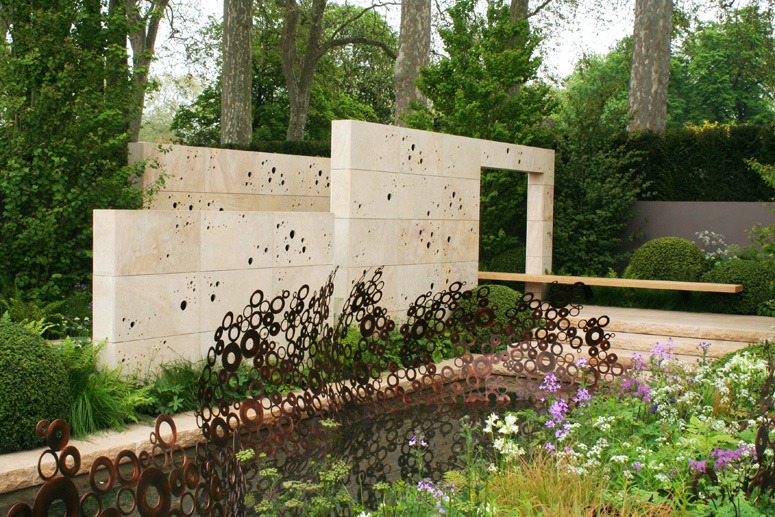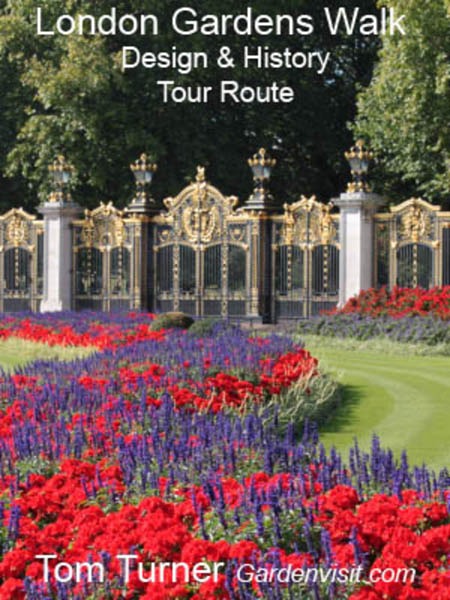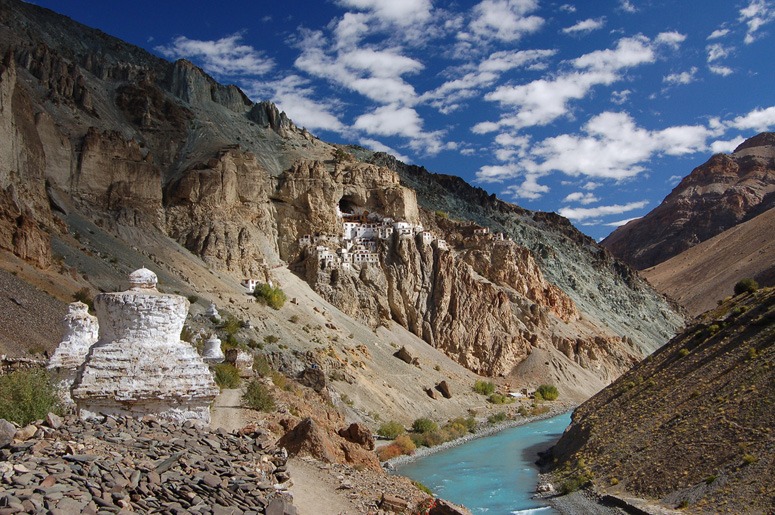What is the style of contemporary garden design and landscape architecture?
The M&G Garden, designed by Andy Sturgeon, would have received the Gardenvisit Award for ‘Best in Show‘, but for the designer’s crackpot explanation. Here is the Telegraph’s account of what he said: ‘The M&G Garden’ 2012, a ‘New English’ garden harking back to the Arts and Crafts movement, but with a modern-day twist. Featuring monolithic blocks of stone, a 98ft free-form ‘energy wave’ sculpture and a mix of formal, asymmetrical designs and informal cottage-garden planting, the garden truly reflects the values of M&G.’
Artists have been much better at naming styles and Wiki gives the following for the contemporary period:
Contemporary art – present
Toyism 1992 – present
Digital art 1990 – present
Postmodern art – present
Modernism – present
New realism 1960 –
Performance art – 1960s –
Fluxus – early 1960s – late-1970s
Conceptual art – 1960s –
Graffiti 1960s-
Junk art (adde) 1960s –
Psychedelic art early 1960s –
Lyrical Abstraction mid-1960s –
Process art mid-1960s – 1970s
Arte Povera 1967 –
Photorealism – Late 1960s – early 1970s
Land art – late-1960s – early 1970s
Post-minimalism late-1960s – 1970s
Installation art – 1970s –
Mail art – 1970s –
Neo-expressionism late 1970s –
Metarealism – 1970 -1980, Russia
Figuration Libre early 1980s
Metaphorical realism
Young British Artists 1988 –
Rectoversion 1991 –
Transgressive art
Synaesthesia events
Neoism 1979
Deconstructivism
Battle Elephants 1984
Massurrealism 1992 –
Stuckism 1999 –
Remodernism 1999 –
Maximalism
ArT is free 2010-
Would any of these fit Andy Sturgeon’s garden? Well ‘postmodern’ certainly would. Readers are invited to suggest classifications.
‘Classifying Andy’ is part of a wider problem: are garden designers and landscape architects totally lacking style?




